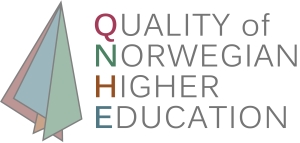The Danish team from CFA has conducted a survey among study programme leaders in Denmark. The survey mirrors the Norwegian survey that was conducted earlier in 2016. In particular, focus is on how study programme leaders engage in quality work.
Associate Professor Ebbe Krogh Graversen, CFA (Picture: CFA) from the Danish team comments:
Although the Nordic Higher Education system seems similar by many, it was surprising to find so many patterns of similarities between the Danish survey results and the comparable Norwegian survey. Furthermore, the detected differences seem to be explainable by differences in recent priorities, developments and reforms within Higher Education.
The Danish and Norwegian teams are currently working in further exploring the similarities and differences between the two surveys and some possible explanations for such patterns.
You can download the Danish survey here (pdf, in Danish).
View also the earlier published Norwegian survey results here (pdf, in Norwegian).
More detailed comparative analysis will be conducted in the coming months.



 The researchers highlight in the working paper that quality indicators have different kinds of functions – for system and institutional governance, as an information source for the public (incl students who apply to higher education), as a basis for quality enhancement practices in the institutions, and for purposes of conducting research.
The researchers highlight in the working paper that quality indicators have different kinds of functions – for system and institutional governance, as an information source for the public (incl students who apply to higher education), as a basis for quality enhancement practices in the institutions, and for purposes of conducting research.